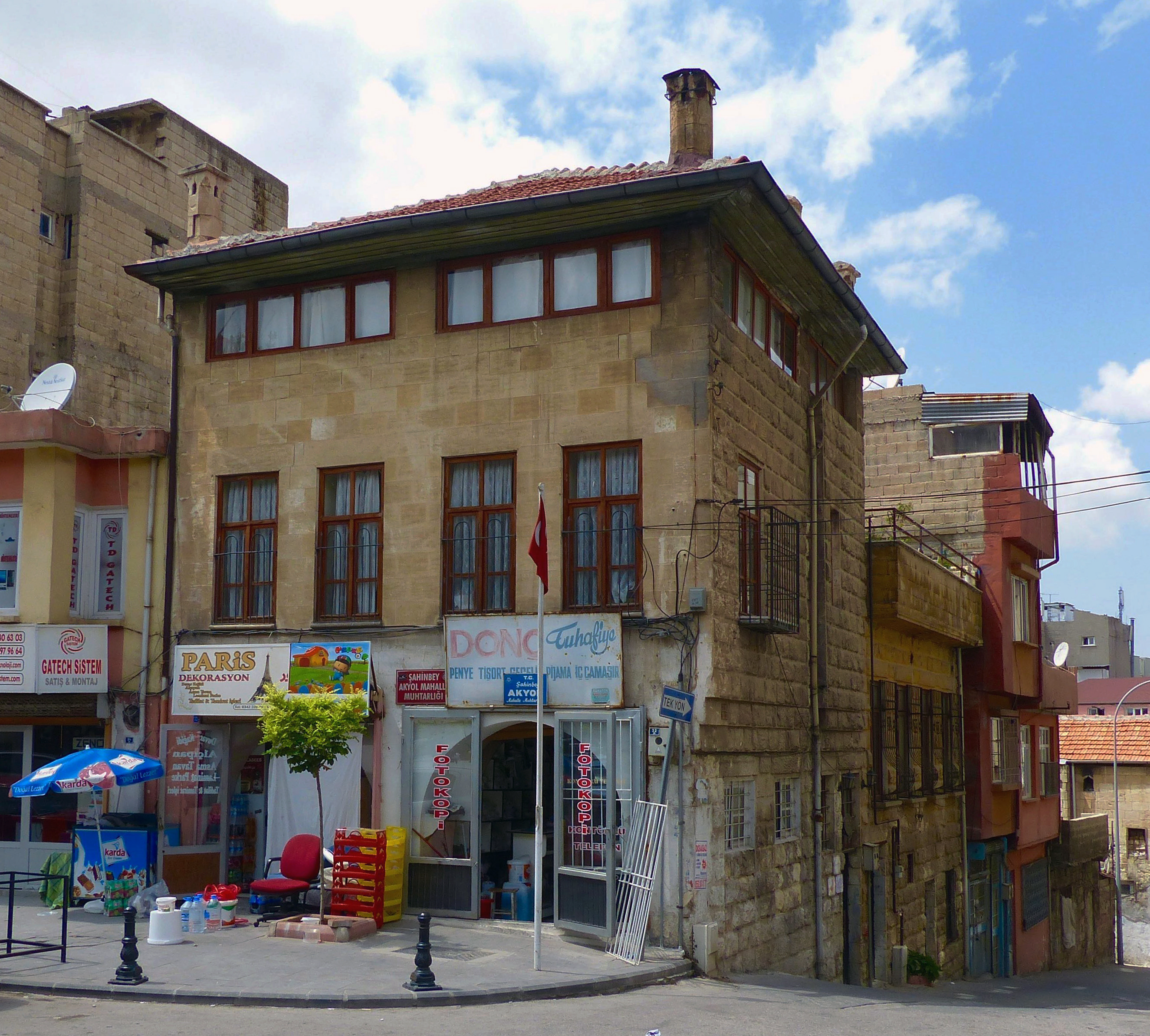The kitchen traverses the borders of nation states as well as the physical and digital spheres, by being articulated as a space of collective belonging and city-zenship by women in solidarity in Gaziantep / Turkey. Three major temporalities that have created the grounds to its existence are the War in Syria and the migration/displacement towards Turkey, the covid pandemic, which lead to raising national borders, and radically changing local contexts and truths, and the last threshold is the earthquake that shook an entire region in Turkey including Gaziantep. The urgencies and desires around this temporality raised notions of hospitality, insurgency, interdependence, and city-zenship as key concepts and directions of action. A kitchen that took place in different houses, buildings, parks, and eventually a small-scale kitchen was the material outcome of this time, activities taking place outside in open air around a floor table, challenging the pandemic distance with emotional proximity of the participants. The current reality of the kitchen is to move against extinction, repair its infrastructures of survival, and create sustenance in unjust spaces.
The collaboration with Rotterdam university of applied science included the design of a new large kitchen in an existing modern building, as well as designing the reuse of the adjacent monumental stone house that has been used as the cultural centre. Students had to think of the two buildings together, considering the spatial program and the static, mechanic, and material characteristics, differences, how to design each building, and how to design them together, with a functioning connection between the two.
Merve Bedir





